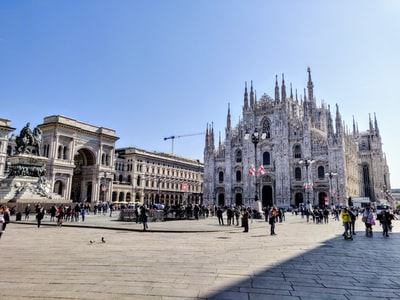 Then, in August 1969, the Battle of the Bogside, a massive riot that developed after the RUC attacked Nationalist protesters, took place in Derry. Their protest had begun after a Unionist group called the Apprentice Boys led a parade through Derry to celebrate the protestant victory in the 1689 Siege of Derry (which gives you an idea of how far back these tensions go!) The Battle of the Bogside sparked riots in other cities in Northern Ireland in August 1968. In response to the riots, Unionist groups started to set fire to Nationalist people’s homes.
Then, in August 1969, the Battle of the Bogside, a massive riot that developed after the RUC attacked Nationalist protesters, took place in Derry. Their protest had begun after a Unionist group called the Apprentice Boys led a parade through Derry to celebrate the protestant victory in the 1689 Siege of Derry (which gives you an idea of how far back these tensions go!) The Battle of the Bogside sparked riots in other cities in Northern Ireland in August 1968. In response to the riots, Unionist groups started to set fire to Nationalist people’s homes.
Crucially, The British Army was called out to stop the violence, and they shot 8 people dead and wounded over 100 more. The British Army’s presence on the streets marked an important turning point. Nothing says ‘occupation’ like an army on the streets, and Catholic communities were angered by this heavy-handed approach. Following the August riots, the Army remained on the streets of Northern Ireland’s cities. The British Government argued that their role was simply to keep peace and even to protect Catholics from Unionist violence. Initially some Catholic communities supported the initiative, believing they would be offered protection. Unionists, on the other hand, thought that the British Government was being soft on Nationalist groups, and believed they should be punished for the trouble they were causing.

Meanwhile, Nationalist and Unionist paramilitaries increasingly attacked and murdered one another. The Provisional IRA , a splinter group of the IRA who were more committed to using violence, started to carry out attacks on Unionists and the Army (over 100 British soldiers were killed by the Provisional IRA in 1972, and the group carried out over 1,000 different bombings). The British Government introduced internment, which allowed people to be imprisoned without trial, as it tried to crack down on the paramilitary groups. The thing is, it overwhelmingly targeted Nationalist groups, and also imprisoned people without having good evidence for their involvement in terrorism, all of which sparked further outrage in Catholic communities.
